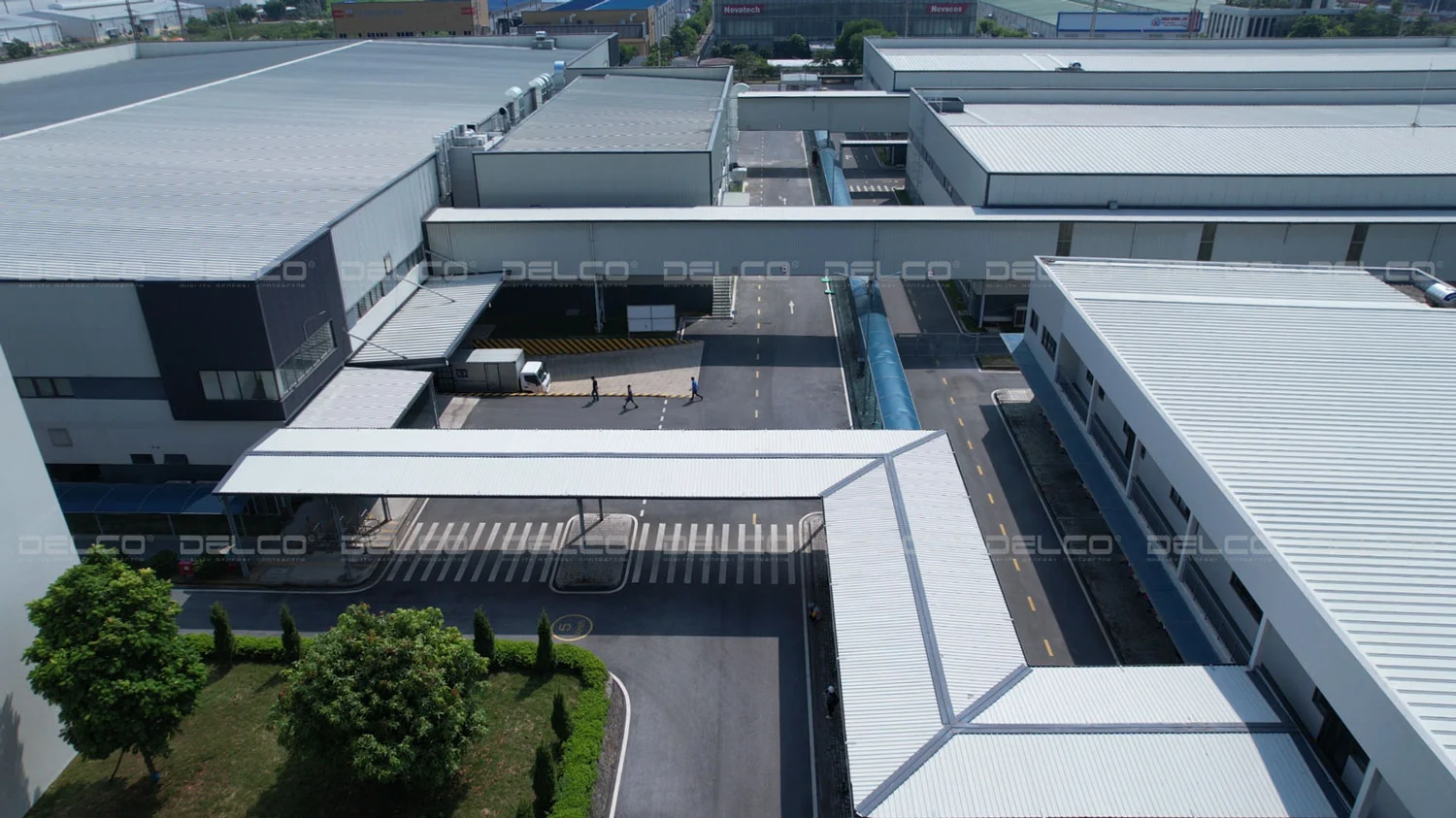To reduce logistics costs and enhance competitiveness, Vietnam has introduced measures such as developing smart warehousing systems, stabilizing fuel prices, streamlining import-export procedures, and providing financial support to businesses.
Logistics costs in Vietnam
Logistics costs can vary depending on factors such as location, cargo volume, and the transport provider, etc. Each of these factors plays an important role and directly impacts the financial plans of investors.
Road container shipping price list from provinces to Hai Phong port (excluding VAT)
| Point of discharge | Container 20’ (USD/cont) | Container 40’ (USD/cont) |
| Hai Phong | 46.55 – 91.09 | 54.66 – 99.19 |
| Hai Duong | 103.24 – 135.63 | 127.53 – 147.77 |
| Hung Yen | 143.72 – 151.82 | 151.82 – 188.66 |
| Ha Noi | 159.92 – 212.55 | 171.66 – 228.34 |
| Bac Ninh | 164.37 – 180.16 | 180.16 – 196.36 |
| Bac Giang | 172.06 – 216.60 | 212.55 – 260.73 |
| Vinh Phuc | 204.86 – 232.79 | 252.84 – 269.23 |
| Phu Tho | 309.72 – 366.80 | 334.41 – 423.15 |
| Yen Bai | 374.09 – 414.57 | 405.67 – 447.15 |
| Thai Binh | 127.53 – 176.12 | 176.12 – 196.36 |
| Nam Dinh | 172.06 – 204.86 | 196.36 – 220.65 |
| Ninh Binh | 204.86 – 220.65 | 216.60 – 232.79 |
| Ha Nam | 188.66 – 244.94 | 200.40 – 269.23 |
| Thanh Hoa | 237.65 – 269.23 | 329.96 – 390.69 |
| Nghe An, Ha Tinh | 378.94 – 491.09 | 450.20 – 564.78 |
| Quang Ninh | 135.63 – 362.75 | 147.77 – 435.83 |
| Lang Son | 6.550 – 7.950 | 7.550 – 8.750 |
| Thai Nguyen | 6.850 – 8.350 | 7.750 – 9.350 |
Road container shipping price list from provinces to Ho Chi Minh port (excluding VAT)
| Point of discharge | Container 20’ (USD/cont) | Container 40’ (USD/cont) |
| Ho Chi Minh City | 87.04 – 127.53 | 54.66 – 139.67 |
| Binh Duong | 91.09 – 135.63 | 103.24 – 143.72 |
| Dong Nai | 95.14 – 139.67 | 107.29 – 160.32 |
| Ba Ria – Vung Tau | 151.82 – 180.16 | 164.37 – 188.66 |
| Long An | 131.58 – 151.82 | 139.67 – 160.32 |
| Tien Giang | 180.16 – 273.28 | 200.40 – 293.52 |
Sea freight price list from Hai Phong port and Ho Chi Minh port to European ports
| Point of discharge | Container 20’ (USD/cont) | Container 40’ (USD/cont) | Shipping line |
| Rotterdam / Antwerp / Hamburg / Bremerhaven / Felixstowe / LGP / Southampton / Le Harve | 3700 | 6800 | HMM |
| 4000 | 5800 | MSC | |
| 3800 | 6500 | YML | |
| Valencia / Algeciras / Barcelona / Marseille / Genoa / La Spezia / Gioia Tauro | 4100 | 6200 | HMM |
| 4550 | 6450 | MSC | |
| 4000 | 5800 | COSCO | |
| Gdansk / Gdynia | 4200 | 6800 | COSCO |
| Piraeus / Istanbul / Ashdod | 4150 | 5950 | ZIM |
| Koper / Rijeka | 4590 | 6700 | MSC |
| Klapeida / Riga / Tallinn | 4450 | 7250 | MSC |
| Dublin / Belfast | 4100 | 6600 | COSCO |
| Lisbon / Leixoes | 4490 | 6450 | MSC |
Logistics costs in Vietnam currently account for around 16-17% of GDP, which is relatively high compared to some other countries such as Japan (11% of GDP), Singapore (8%), Malaysia (13%), and Indonesia (13%). This is a significant challenge that the Vietnamese government is particularly concerned with and is striving to reduce in order to improve the country’s competitiveness in the global market.
According to a proposal from the Ministry of Industry and Trade, Vietnam is developing a strategy to reduce logistics costs to 12-15% of GDP during the 2025-2035 period, and aims to rank among the top 40 in the world by the logistics performance index (LPI). By 2045, these costs are expected to decrease further to 10-12% of GDP, placing Vietnam among the top 30 countries with the highest LPI rankings worldwide.
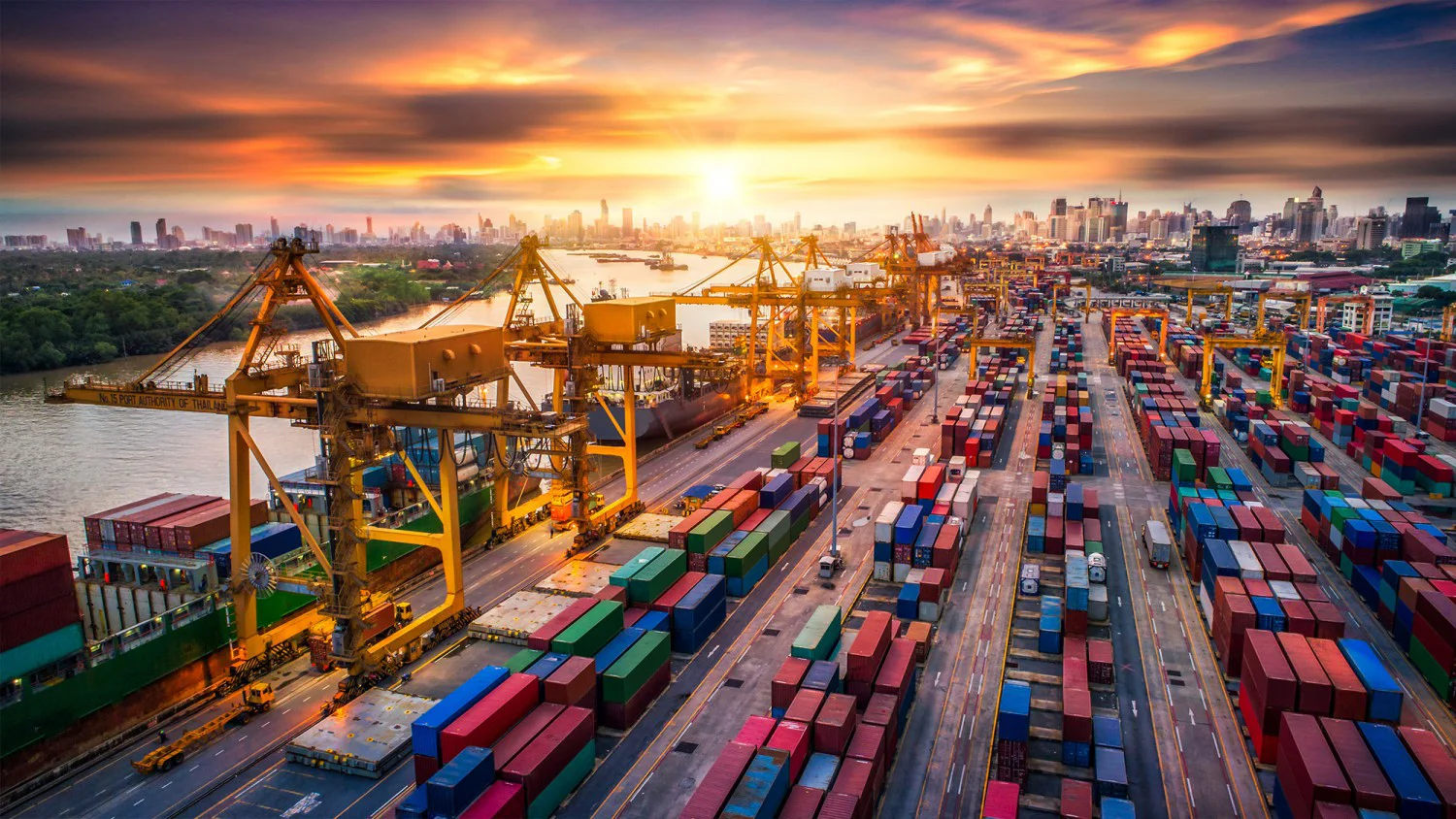
See more: Building a factory in Hai Phong – a leading port city attracting FDI in Vietnam
Measures to reduce logistics costs from the Vietnamese government and enterprises
Continued development of logistics infrastructure
One of the key strategies to reduce logistics costs is to continue investing in and developing logistics infrastructure. On July 16, 2024, the Prime Minister of Vietnam approved the planning of 30 airports for the 2021-2025 period, including 14 international airports and 16 domestic airports. By 2050, Vietnam plans to develop 2 international air cargo transit hubs in Hanoi and Ho Chi Minh City, which will enhance connectivity and reduce international transport costs.
In addition, Vietnam is focusing on the planning and development of its seaport system to meet the demand for import and export activities. Regarding infrastructure, Vietnam is prioritizing the development of international gateway ports, including Lach Huyen, Cai Mep – Thi Vai, and Can Gio, with the goal of forming large-scale international transshipment port clusters comparable to other major hubs in Asia and globally at the Cai Mep River mouth. The government has also approved a capital adjustment of approximately 313 trillion VND to invest in cargo handling service ports within the national seaport system by 2030.
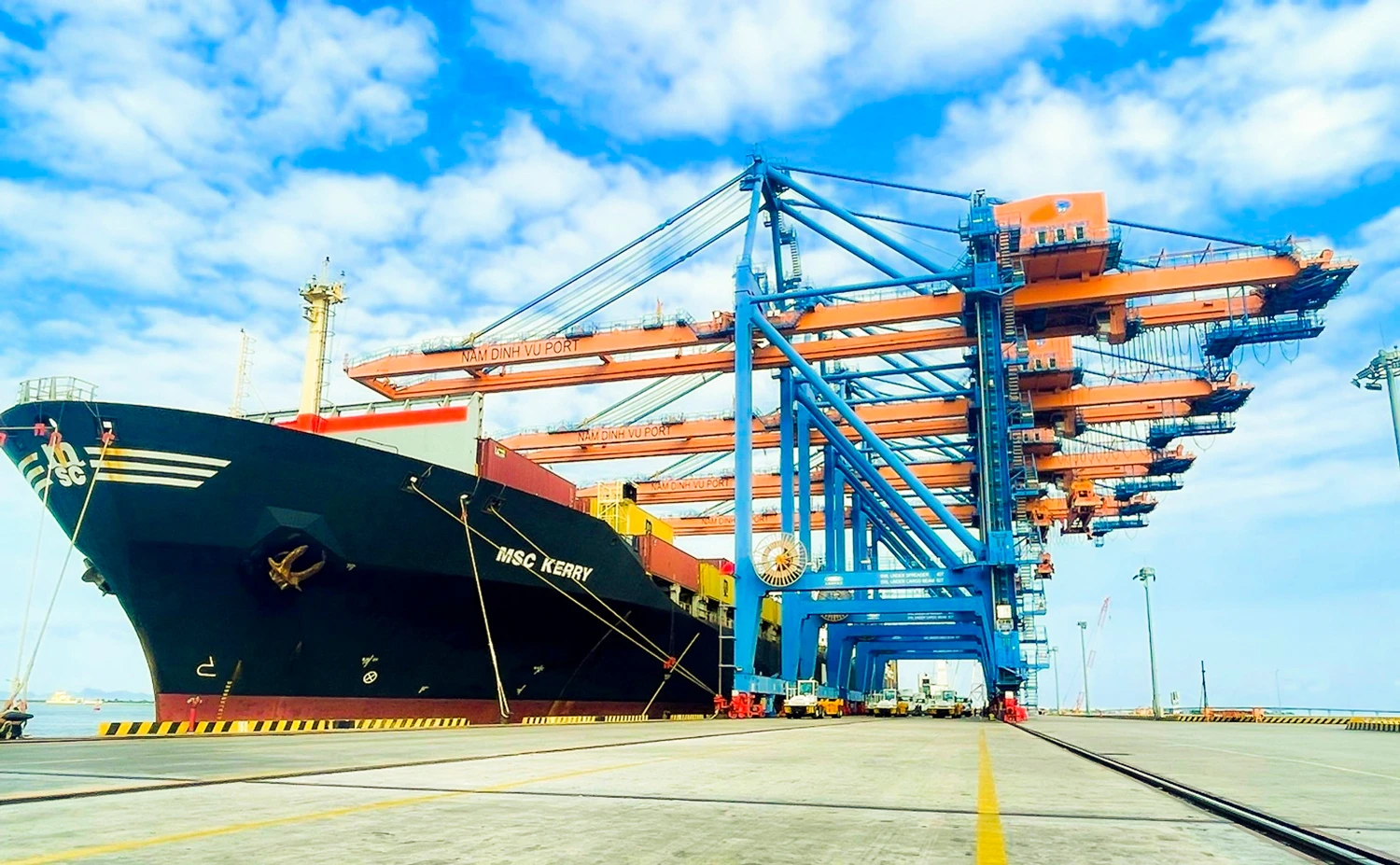
Technology applications in import/export
Vietnam has focused on applying technology and digital transformation in import/export activities to reduce waiting time, save costs, and increase transport efficiency. Modern systems such as the VNACCS/VCIS automated customs clearance system, the Customs Operations Information System, and mobile container scanners have been implemented, delivering significant improvements in managing and coordinating logistics operations. These technologies allow for the early detection of potential risks, enabling authorities to handle issues in a timely manner, ensuring goods are transported and delivered on schedule, and minimizing unnecessary costs incurred from storage or port delays.
Development of smart warehousing systems
The modern warehousing industry in Vietnam is also rapidly developing, attracting many major global investors such as Mapletree, BW Industrial, and SLP. According to FiinGroup, between 2024 and 2027, 25 new warehouse projects will be launched, adding a total of 1.87 million m² of space. The annual growth rate for modern warehouse areas is expected to reach 7%. These projects will apply advanced technology, with warehouse systems designed to suit different types of transport vehicles and meet international standards. Expanding the warehouse network will help investors save costs, reduce transit and handling times, and contribute to optimizing logistics operations efficiency.
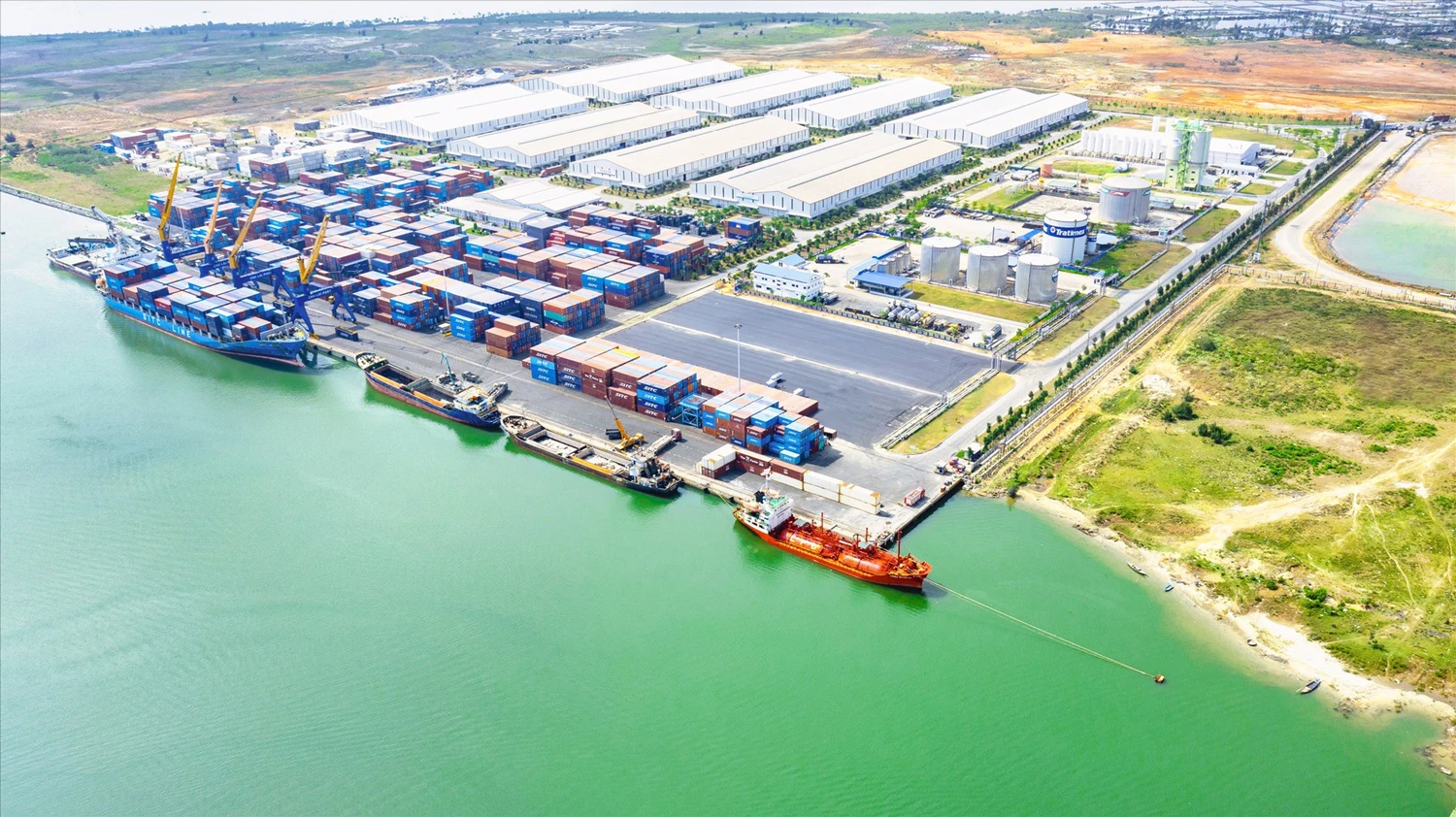
Efforts to stabilize fuel prices
Fuel costs account for 60-65% of total transport expenses, so when fuel prices rise, logistics costs in Vietnam also increase significantly. To address this, Vietnam has established a Fuel Price Stabilization Fund and adjusts fuel prices three times per month to ensure prices align with market fluctuations. These efforts help mitigate the negative impact of fuel price volatility, stabilize logistics costs, and support enterprises in the transportation of goods.
Streamlining import-export procedures and providing financial support
To simplify import-export procedures, the customs sector has implemented several measures, such as reviewing and eliminating outdated administrative processes, reducing and simplifying regulations related to import-export activities. From 2020 to 2023, proposed procedure reductions have reached 8%, saving enterprises up to 10.2 billion VND annually in compliance costs.
In addition, many preferential policies have been implemented, helping enterprises access capital at lower interest rates. Under government directives, the State Bank of Vietnam has instructed credit institutions to reduce lending rates by 1-2% in 2024. For instance, Agribank has allocated 20 trillion VND at preferential rates, offering reductions of 2-2.4% per year specifically for import-export enterprises. Similarly, PGBank has launched support packages worth thousands of billions of VND, reducing interest rates by 1-2% for priority enterprises, while also offering unsecured business loans to make capital more accessible to enterprises.
Measures for investors to proactively reduce logistics costs
Selecting good logistics partners and transport methods
Selecting suitable partners and transportation methods is important for optimizing logistics costs. Collaborating with local logistics companies with in-depth knowledge of the Vietnamese market can provide FDI investors with efficient and cost-effective transport solutions. Moreover, negotiating and signing long-term contracts can help investors get preferential and stable prices, reducing the risk of cost fluctuations.
Additionally, enterprises need to select the appropriate transport method. This requires evaluating factors such as distance, delivery time, product characteristics, etc. to take advantage of the strengths of each method, optimize routes, and reduce overall transportation costs.
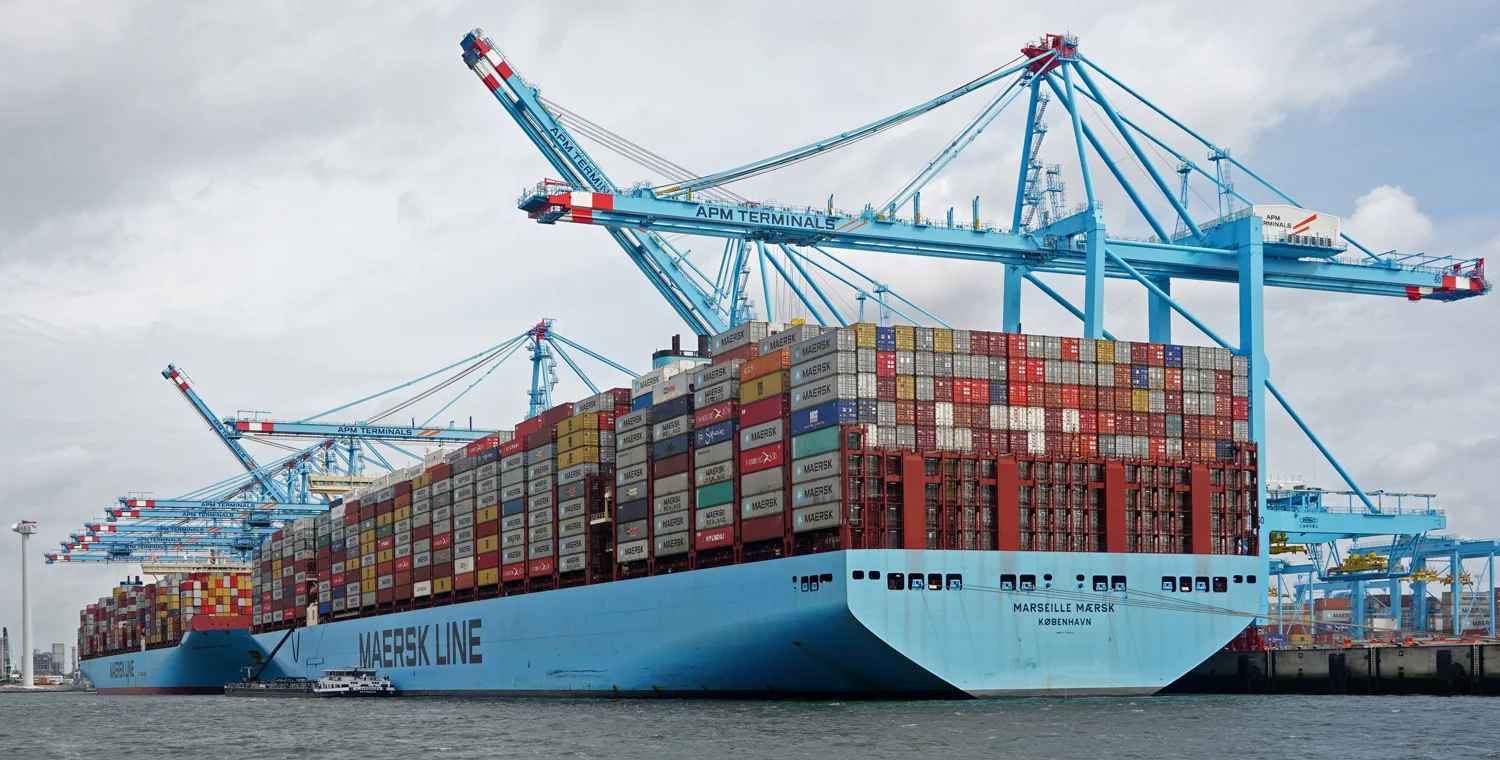
Applying technology in warehouse management
Using warehouse management software helps enterprises closely monitor the status of goods and optimize storage space effectively. Popular warehouse management systems such as SAP EWM and WMS allow enterprises to track expiration dates and status of each shipment, ensuring products are released following the FIFO (First In, First Out) or FEFO (First Expired, First Out) principle, suitable for companies that need strict control over product expiration dates. Additionally, investors can apply the Just-In-Time (JIT) model to reduce inventory levels, producing and storing goods only when needed, thereby cutting storage costs and reducing the risk of outdated inventory.

The use of robots, conveyors, and barcode scanners, etc. also help automate operations, reduce errors, optimize labor, and consequently lower costs while improving the speed of order processing for investors.
Choosing suitable location for factories and warehouses
Selecting a suitable location for factories and warehouses is a key factor in optimizing logistics costs for investors. Placing factories near supply sources and consumer markets helps enterprises shorten transport distances, save time and costs, especially in industries requiring continuous supply or dealing with products with short shelf lives. Furthermore, the location near major traffic routes such as seaports, airports, or highways will also facilitate convenient import-export activities. Most importantly, investors should consider land and infrastructure costs when selecting factory locations to balance between logistical advantages and long-term budget.

To choose a favorable location for factory construction as well as optimize costs, investors should cooperate with a reputable General Contractor from the earliest stages. As a Design-Build Contractor with many years of experience in factory construction across Vietnam, DELCO provides comprehensive services in design consultancy and project construction, not only helps investors choose the right location but also advises on reasonable factory layout to ensure long-term cost-efficiency and operational effectiveness.
See more: Building Factories in Thanh Hoa: Benefits from Location, Workforce, and FDI Incentives
See more: Contact us for investment consultation, factory Design-Build consultation and cost optimization


